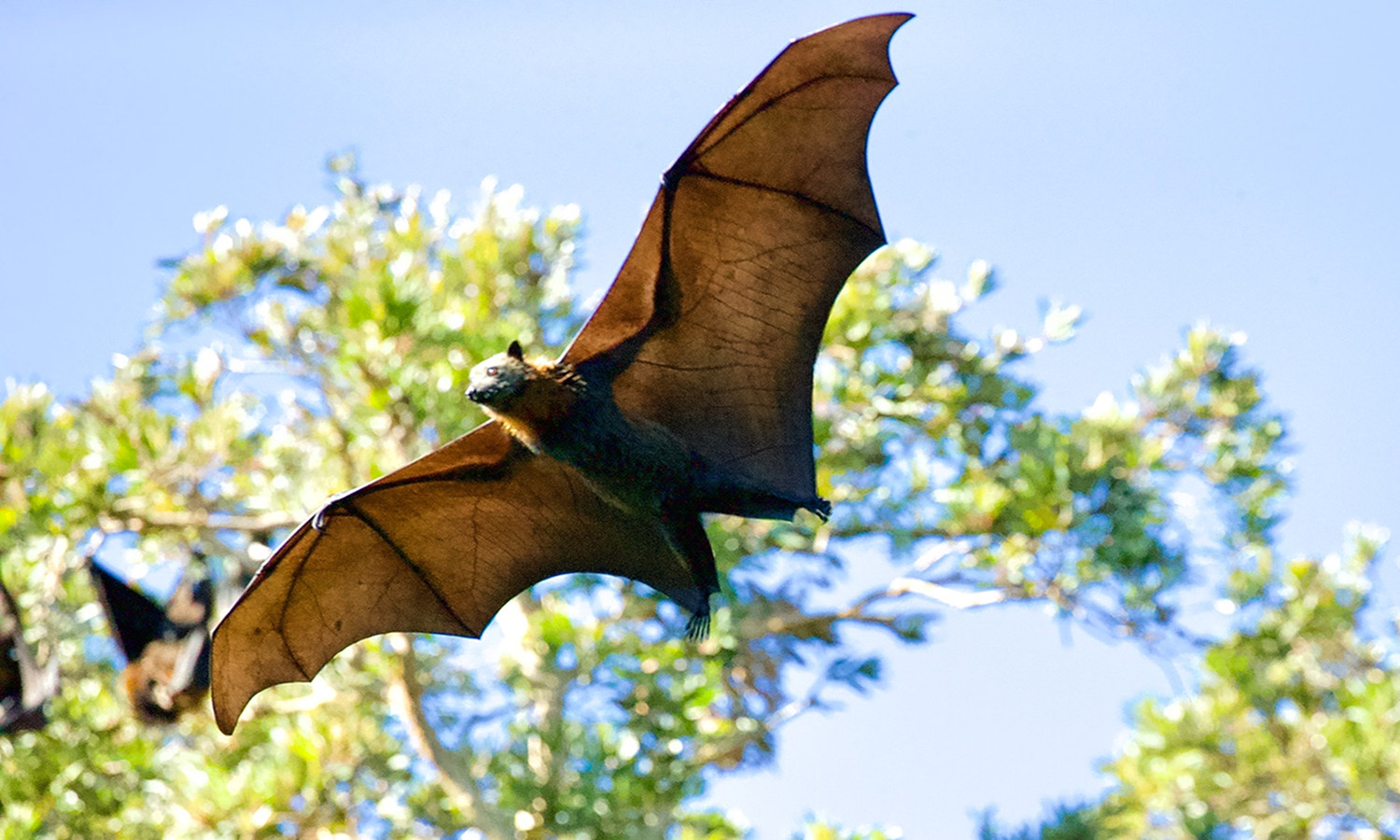The Nipah virus (NiV) has emerged again in the Indian state of Kerala, claiming the life of a 12-year-old boy. As concerns around the virus continue, local fruit farmers worry that fears may impact their livelihoods.
Fruit bats of the Pteropodidae family—also known as flying foxes—are the natural hosts of the Nipah virus, and they can spread the disease by contaminating fruit or sap that is in turn consumed by humans or animals. According to the Centers for Disease Control in the United States, the virus is transmitted in three ways: direct contact with infected animals or their bodily fluids, consumption of contaminated food products, and close contact with an infected person or their bodily fluids.
According to the newspaper The Hindu, experts from the State Institute of Animal Diseases of the Animal Husbandry Department are testing samples of rambutan and areca nut—two plants local to the region—from the deceased boy’s premises, after identifying a nearby bat roost. Authorities halted local fishing, grazing, and dairy production to prevent potential contamination of the food system. Concerns in Kerala about further NiV outbreak began to subside as a rapid contact tracing and testing campaign by health officials has thus far uncovered no more infections.
During a 2018 NiV outbreak, the United Arab Emirates banned the import of all fresh produce from Kerala. Today, fruit farmers in the Wayanad region of northern Kerala worry that panic surrounding NiV could have a negative impact on demand for their products. Prices are generally high following the conclusion of the plains harvest.
Kerala-based planter Kuruvila Joseph explains, “We get a sustainable income as fruits are available only in the high ranges during the period.” The Hindu BusinessLine reports a 30-35 percent price drop in rambutan over the last few days.
The first recorded outbreak of NiV among Malaysian pig farmers in 1999 resulted in 100 human deaths and the slaughter of more than 1 million pigs to stop the spread of the disease. According to the World Health Organization (WHO), since 2001, NiV has recurred almost annually in Bangladesh and several times in India. Kerala was the site of a 2018 NiV outbreak that killed 17 of the 19 people infected, and the state is currently grappling with the highest Covid-19 case numbers in India.
In severe cases, NiV causes acute respiratory distress and encephalitis (inflammation of the brain tissue), followed by coma, and, frequently, death. According to the WHO, the virus has a 40-75 percent fatality rate, depending on local capacity for epidemiological surveillance and clinical management. There is currently no vaccine for Nipah virus for humans or animals, but a Lancet study shows that a monoclonal antibody has proven effective in neutralizing the virus in Phase I human trials.
As land development and climate change put humans and livestock into closer proximity with wildlife, zoonotic diseases, diseases spread between animals and people, are on the rise globally. A 2020 United Nations report listed seven drivers of zoonotic disease emergence, among them the increased demand for animal protein, unsustainable agricultural intensification, urbanization and climate change.
“We have always known that these bats are natural reservoirs of several viruses, including Nipah virus,” P.O. Nameer, Dean, College of Climate Change and Environmental Science, KAU, Thrissur says. “But why this spillover of these viruses to humans has happened in Kerala or its timing are subjects which need close study.”













